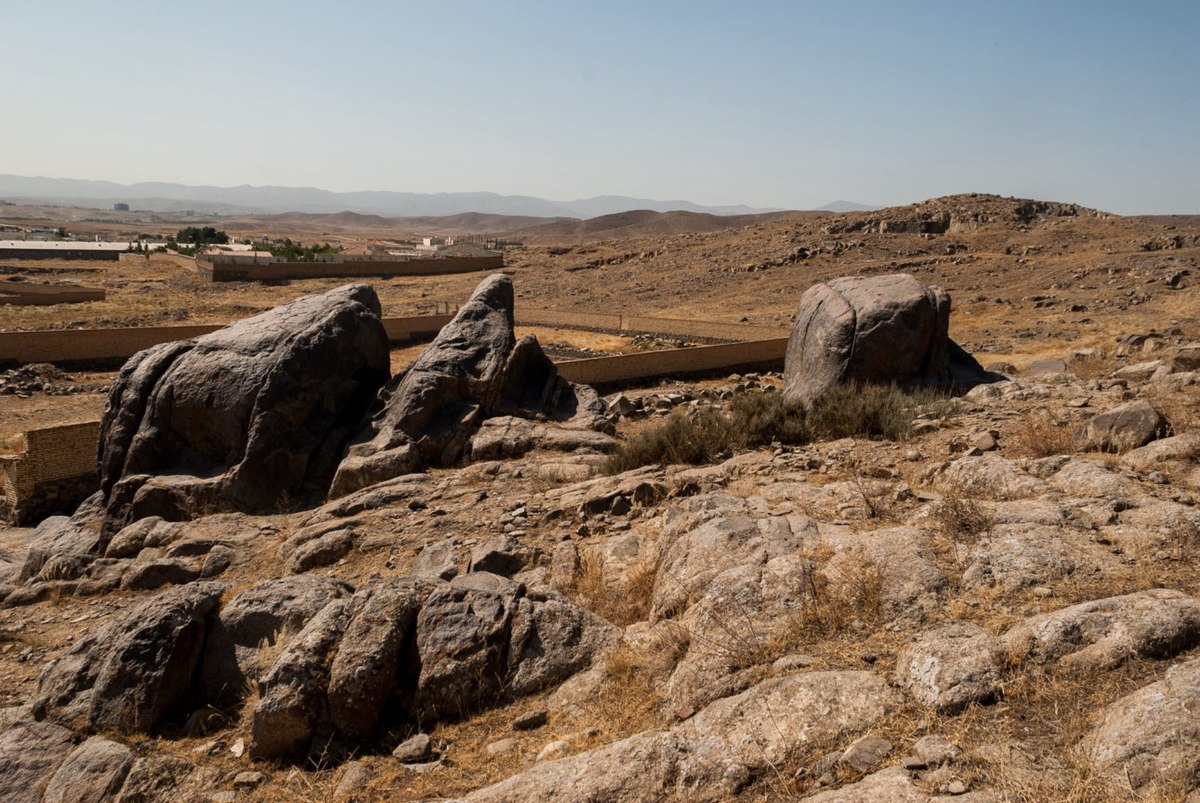Ancient petroglyphs of the stone camel: a journey into the depths of history
Introduction:
The ancient petroglyph of Shetr Seng, which is located 800 meters from the Mashhad-Shandiz road, is known as one of the most important ancient monuments of Razavi Khorasan Province. This petroglyph dates back to prehistoric times and the Iron Age and displays images of camels, mountain goats, humans, and geometric patterns.
History:
The exact date of engraving of this petroglyph is not yet known, but according to the style of the images and the type of carving, it can be estimated to be around 3000 to 4000 years ago.
Meaning and concept:
The exact meaning of the inscriptions in this petroglyph is still not completely clear, but some archaeologists believe that these images were somehow related to the beliefs and beliefs of the people of that period.
Camel:
Camel has been a symbol of fertility, power and wealth in many ancient cultures.
Probably, the image of camel in this petroglyph shows the importance of this animal in the life of the people of that period.
Antelope:
The mountain goat has been a symbol of agility, patience and endurance in many cultures.
Probably, the image of an antelope in this petroglyph shows people’s desire to have these qualities.
Man:
Human images in this petroglyph probably represent the daily activities of the people of that period, such as hunting, agriculture, or religious ceremonies.
Geometric patterns:
Geometric patterns have been a symbol of order, balance and cosmos in many ancient cultures.
Probably, the geometric motifs in this petroglyph show the beliefs of the people of that period about the order and creation of the universe.
Importance:
Stone camel petroglyphs are of great historical and cultural importance.
Historical:
This petroglyph is one of the few remaining works from the prehistoric era in Khorasan-Razavi province and has a high historical value.


